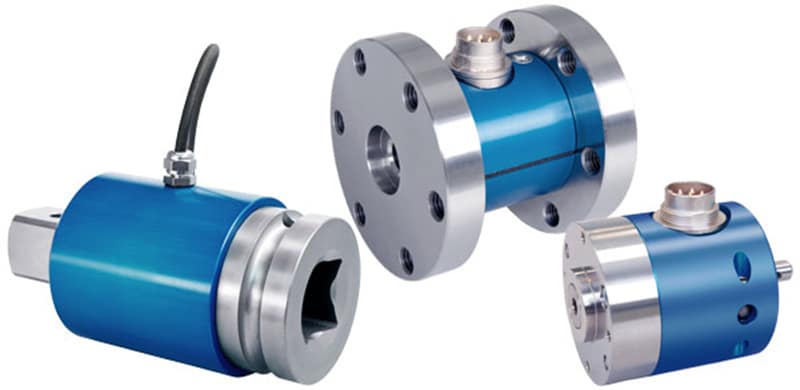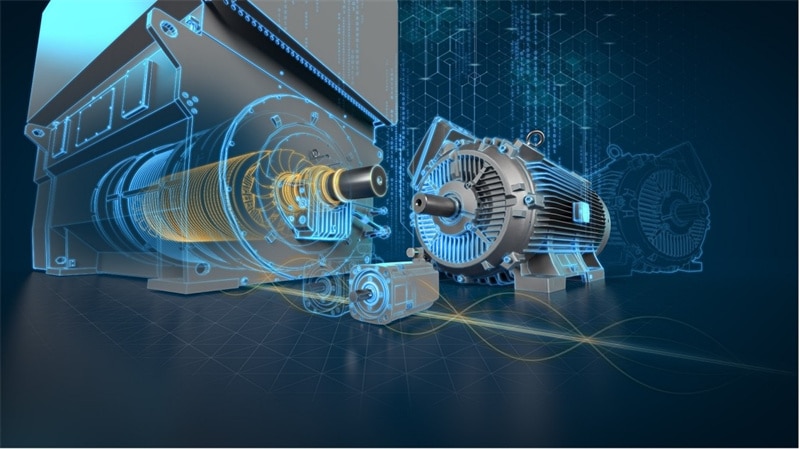
The latest analysis by icebike.org reveals that Utah is one of the most interested states in electric bicycles.
According to the report on UPR.org, Hawaii ranked first, followed by California and Utah. Bike experts conducted an analysis of Google Trends data of searches for the key phrase ‘electric bike’ over the last 12 months. The results showed searches for electric bikes were an all time high in the summer of 2022.
While e-bikes are more expensive than standard bikes, they are more affordable than cars. Other interesting facts about e-bikes you probably don’t know include longer range, they are eco-friendly, and easy to customize to your needs. They also rely on different technologies to function. Keep reading to learn more about e-bike technology.
Torque Sensors

Many riders in Utah are switching to e-bikes to enjoy the intuitive riding experience supported by torque sensors. Typically, standard e-bikes designed for the road rely on cadence sensors. These sensors are less intuitive because they don’t recognize how hard you’re pedaling. This means there’s a delay before the pedal assist starts to function smoothly. Note that when the pedal assistant lags, you pedal harder to enjoy a smooth ride.
Torque sensors detect pressure on the cranks and activate the motors immediately. These sensors also know how hard you’re pedaling and adjust the amount of help the motor gives accordingly. Ideally, if you’re pedaling fast, the bike’s speed increases and vice versa. Torque sensors also improve range, meaning you cycle for longer per single charge.
Because torque sensors enable an instant change in pedaling and better handling, which allows cyclists to conquer tough mountain trails. With this in mind, take time to research how cadence and torque sensors in e-bikes work before making a purchase.
Rechargeable Battery
Unlike conventional bicycles, e-bikes rely on rechargeable batteries. Over the years, tech experts and engineers have been exploring different e-bike battery technologies to enhance efficiency. In the 90s, e-bike and battery manufacturers explored the potential of nickel-metal hydride batteries. These batteries provided a range of about 60 miles. Today, most electric bikes run on high-density lithium-ion battery cells that store more energy in a more sustainable environment and offer a range of 100 miles.
E-bikes that operate with lithium-ion batteries are easy to recharge if you forget your charger or if your charger stops working. You can recharge at the charging station or charge electric bike with electric car battery using three AAA batteries in a sequence. This method creates a 4.5 volt, which is enough power to recharge your e-bike battery. Another promising electric bike battery technology is lithium-titanate. These batteries last for 20 years and guarantee fast charging times of about 20 minutes unlike lithium-ion batteries which take six to eight hours to recharge.
Electric Motors

On a traditional bike, cyclists are concerned about their energy levels. Riders make sacrifices, like avoiding impossible hills to ensure they go further without getting exhausted. Thanks to electric motors, e-bikes let you ride long distances without feeling tired. Like electric batteries, motors have evolved, producing more power for electric bikes to run efficiently. Advanced motors for e-bikes depend on brushless designs and powerful, rare-earth magnets that create drive systems, which require minimal maintenance.
With the cost of fuel rising and target emissions in place, many people are turning to e-bikes. Electric bicycles are eco-friendly, efficient, and affordable than conventional vehicles. That’s because they rely on various technologies, like rechargeable batteries, electric motors, and torque sensors to function.










